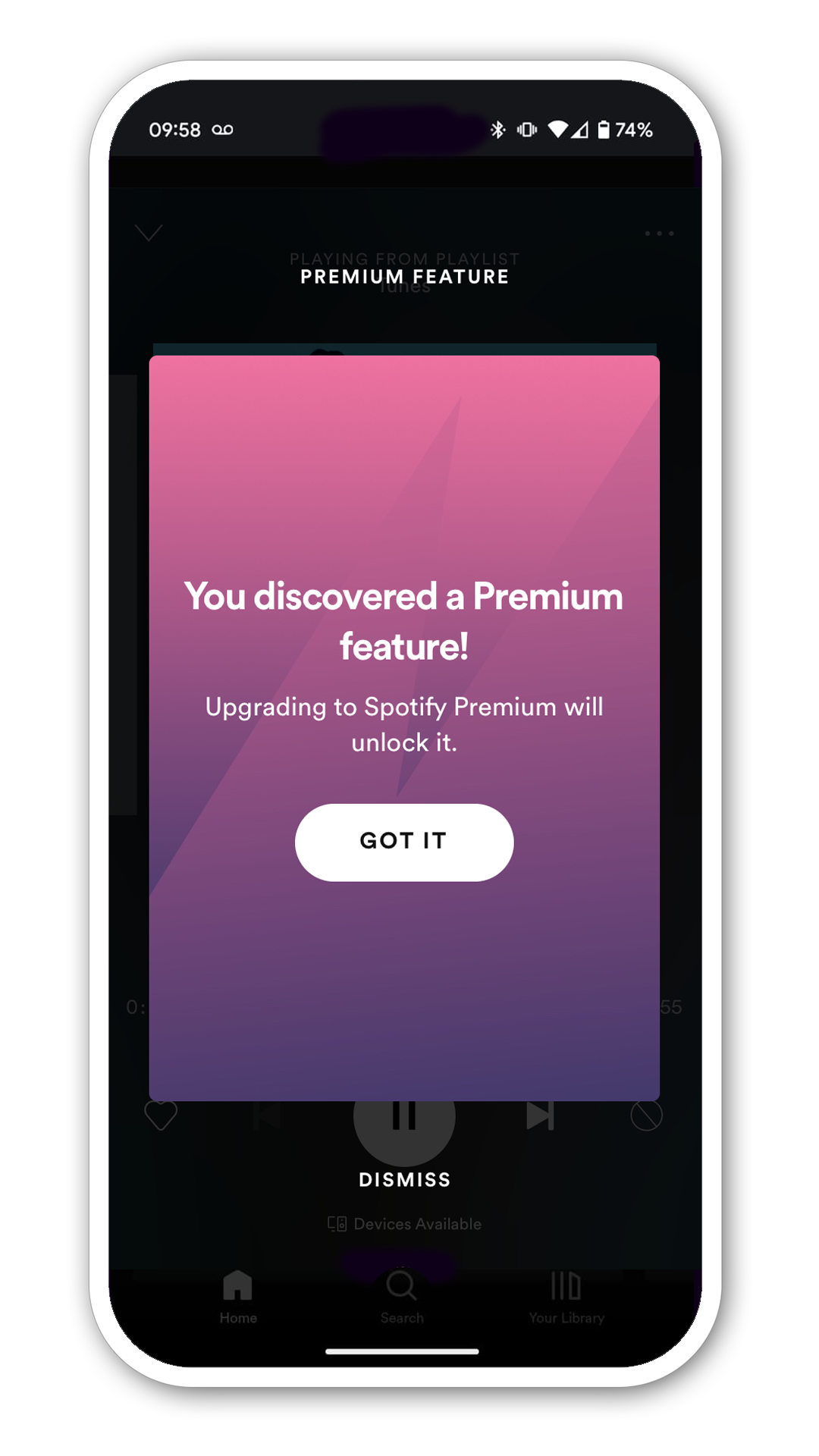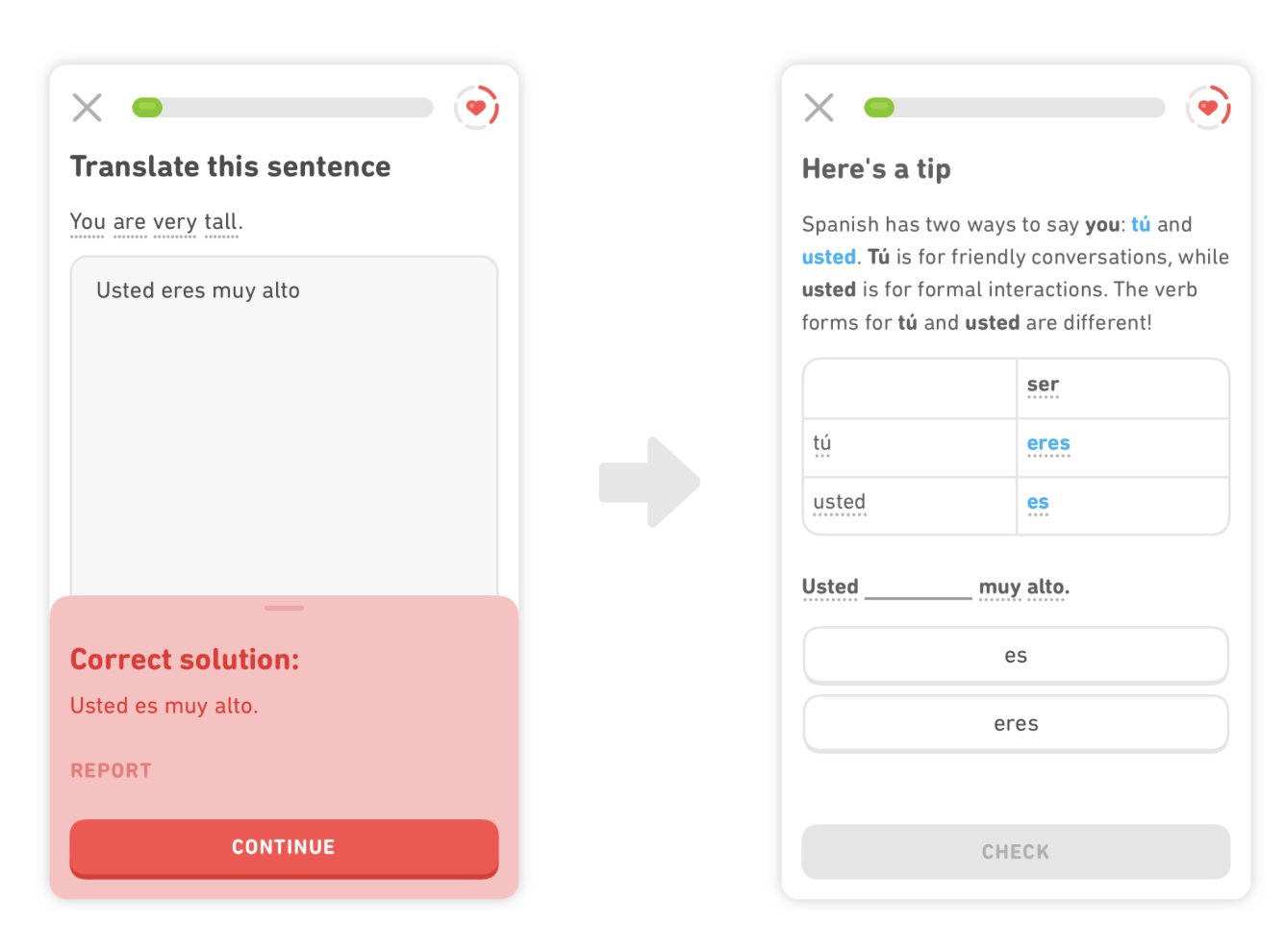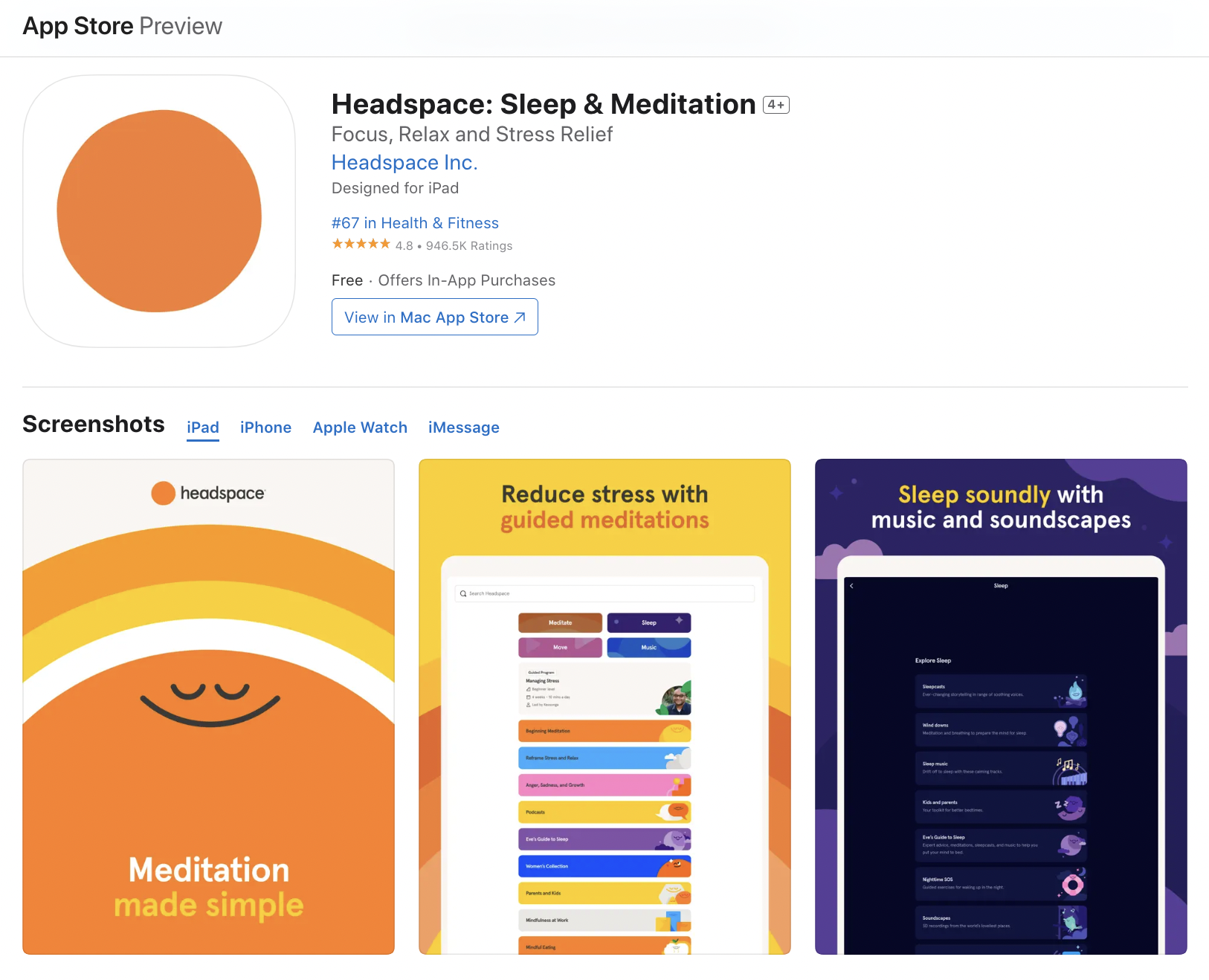
Optimization of Flutter Applications from a Business Benefits Perspective. Cost of Optimization vs. Benefits

Flutter, Google’s open-source UI software development toolkit, has revolutionized mobile app development with its promise of creating stunning, high-performance applications across multiple platforms. However, building an app is just the first step. To truly maximize the potential of a Flutter application, optimizing it for performance, efficiency, and user satisfaction is essential. In this article, we delve into the critical realm of optimizing Flutter applications from a business perspective.
How Flutter works
Flutter, a dynamic open-source UI toolkit developed by Google, stands as a beacon in the realm of multi-platform application development. Its core essence lies in harmonizing the process of crafting applications that resonate with diverse platforms while using a singular codebase. Flutter has swiftly gained traction within the developer community and the business landscape, offering an efficient and unified solution for cross-platform app development.
At Flutter’s heart lies the concept of unification through simplicity. Imagine crafting an application where a single codebase becomes the architectural blueprint for both the iOS and Android ecosystems. This not only speeds up the development cycle but also minimizes the complexities associated with managing separate codebases, ultimately enhancing efficiency and productivity.
Flutter makes it possible to easily create mobile apps and effectively improve them. The paramount importance of optimization lies in its ability to directly influence a mobile application’s success and adoption. A well-optimized application becomes a magnet for users, tempting them with swift responsiveness, an intuitive interface, and an immersive experience. On the other hand, a poorly optimized app can repel users due to sluggish performance, frequent crashes, and excessive resource consumption.
Optimization also plays an important role in managing the costs associated with app development and maintenance. By identifying bottlenecks and areas for improvement early in the development process, businesses can save valuable time and resources. This leads to faster development cycles, quicker bug fixes, and a reduction in long-term maintenance costs.
Why optimization is essential for business
Optimization emerges as a critical concept related to fine-tuning the inner workings of a high-performance engine. This process involves crafting an application to operate at its best capacity, ensuring efficiency, speed, and a seamless user experience.
One of the key aspects of mobile apps’ optimization is user satisfaction. The CX Trends Report says that more than 90% of consumers want to spend more time with brands that offer streamlined customer experiences[1].
User satisfaction directly influences their engagement. A satisfied user is more likely to interact with the app regularly, delve deeper into its features, and invest more time in the application. This heightened engagement often translates into invaluable feedback, enabling developers to refine and enhance the app, thus fostering a continuous cycle of improvement.
Moreover, user satisfaction significantly impacts a crucial aspect of a mobile app’s presence: app store ratings and reviews. Positive user experiences lead to better rates, bolstering the app’s visibility and attracting more users. On the other hand, a dissatisfied user base can tarnish an app’s reputation, resulting in adverse effects on its overall success and adoption.
Furthermore, a content and satisfied user base is more likely to monetize the app effectively. Happy users are inclined to make in-app purchases, opt for premium subscriptions, or engage with advertisements. Thus, user satisfaction directly contributes to the app’s revenue stream and, by extension, the business’s financial success. An interesting example is Starbucks mobile app, which has led to a 26% increase in transactions[2].

Source: https://www.indigo9digital.com/blog/starbucksmobileapps
In general, effective optimization lays the foundation for strong user retention. Users who find value and satisfaction in an app are more inclined to remain loyal and continue using it over an extended period. This consistent user base ensures stability and growth for the app, a key factor in its long-term success.
Optimization as a key factor in the competitive mobile apps market
New apps are downloaded 255 billion times a year. Moreover, daily app usage is 5 hours per user. No wonder that total revenue in the mobile applications market is projected to reach US$752,57bn in 2027[3].
In this competitive market landscape, user expectations are at an all-time high. Consumers demand swift and seamless experiences from the applications they use. An optimized mobile app meets these expectations head-on, offering faster load times, smooth interactions, and efficient use of device resources. This translates into a competitive advantage by attracting and retaining users who seek superior performance and a positive experience.
On the flip side, maintaining unoptimized applications can be financially burdensome. These applications are often plagued with performance issues, leading to higher bounce rates, lower user retention, and increased frustration. The subsequent need for extensive customer support and the constant cycle of fixing bugs and optimizing features can result in significant costs. Additionally, unoptimized apps are more likely to face negative reviews and reduced app store ratings, further impacting their market competitiveness.
Costs of optimization
Since we have already mentioned the costs of optimization, let’s take a closer look at the most important factors in this matter. The expenses can vary based on the size and complexity of the application, the level of optimization required, the geographic location of the development team, and the chosen optimization strategies. They include mainly:
Development time associated with optimization
Optimizing a mobile app is a time-consuming process that involves multiple stages, such as identifying optimization areas, implementing changes, conducting tests, and iterating based on the results. The time required can vary based on factors like the complexity of the app, the extent of optimization needed, and the size of the development team. Optimization can range from a few weeks to several months, impacting the overall development timeline of the app.
Human resources
When it comes to human resources, optimizing a mobile app demands a strategic approach. One option is to bolster the team by hiring specialized professionals who possess expertise in app optimization. These specialists, such as performance engineers, user experience (UX) designers, and quality assurance (QA) personnel, come with a cost, encompassing salaries, benefits, and recruitment expenses.
Alternatively, existing development teams can be upskilled through training initiatives. This training involves investment in workshops, seminars, online courses, or external trainers who impart the necessary skills and knowledge in optimization techniques.
Tools or external services
The optimization journey also entails financial commitments for the essential tools and external services. Optimization tools play a significant role, facilitating performance monitoring, code analysis, and user experience assessments. These tools, however, come at a cost, involving licensing fees or subscription charges. Additionally, optimizing a mobile app might require the assistance of third-party services. These services can range from security audits and code reviews to performance testing.
Though they add to the costs, these external services are often necessary for thorough and comprehensive optimization, ensuring the app adheres to industry standards and performs at its best.
Business benefits from optimization
Despite the costs you have to bear, optimization can result in many priceless benefits for your mobile app. The most important advantages are:
Improved application performance
Improved performance, a core benefit of mobile app optimization, revolves around speed, responsiveness, and efficient execution of tasks. Optimizing an app fine-tunes its speed, making it faster to load and navigate. This heightened efficiency ensures smooth interactions within the app, from tapping buttons to scrolling through content, cultivating a satisfying user experience.
Additionally, optimization improves resource usage, reducing strain on the device’s memory and battery. It maintains consistency across diverse devices, regardless of specifications, promoting a reliable app that rarely crashes. This improved performance significantly influences user retention, keeping users engaged and returning for a seamless and enjoyable app experience.
An interesting example of optimizing an app for a better performance is Instagram for Android. In 2014, the developers managed to cut its start time in half, making it one of the fastest-starting apps on the market[4].

Source: https://techcrunch.com/2014/11/10/instagram-discover-people/
Increased conversion rates and impact on revenues
Mobile app optimization significantly elevates conversion rates and directly influences revenue generation. By streamlining the user journey, enhancing the user experience, and making processes more efficient, optimization prompts users to seamlessly move through the conversion funnel.
Whether it’s making a purchase, signing up, or engaging with key app features, a well-optimized app nudges users towards these desired actions. A user encountering a smooth, intuitive process is more likely to complete the desired action, boosting conversion rates and translating into tangible revenue growth.
The positive impact on revenues is substantial. Higher conversion rates mean more users convert from visitors to customers, resulting in increased sales, subscriptions, or ad interactions. Moreover, satisfied users due to a well-optimized app are more likely to make repeat purchases and become loyal customers, providing a steady revenue stream over time.
One way to drive app revenue is through subscription optimization. It is used, for example, by Spotify, which offers skipping six songs per hour for free. When a user exceeds this limit, they get a message to upgrade to a premium account. Having a well-thought-out subscription strategy can help you improve your app’s revenue.

Source: https://www.swrve.com/resources/weblog/driving-app-revenue-through-subscription-optimization
Reduction in customer support costs
An optimized app is less likely to encounter glitches, errors, or confusing interfaces, leading to a decreased need for users to seek assistance. This reduction in support requests translates into cost savings as fewer resources and manpower are needed to handle customer inquiries, complaints, or technical problems.
Furthermore, app optimization often involves incorporating self-help features and intuitive designs that guide users effectively. Interactive tutorials, tooltips, and FAQs can be integrated to proactively address common concerns and queries within the app itself, reducing the need for external customer support. One example of an app that offers self-help features to users is Duolingo, which employs solutions such as interactive tutorials, in-app language tips, and practice opportunities.

Source: https://blog.duolingo.com/introducing-tips/
High ratings in app stores as a factor attracting new users
App Store Optimization (ASO) is a strategic approach focused on maximizing an app’s visibility and discoverability within app stores. It involves optimizing various elements associated with an app’s listing to enhance its ranking in search results and increase its appeal to potential users. This optimization process includes several key components, such as keywords, app title and description, icon and visuals, user reviews, and ratings.
Moreover, app store optimization entails cultivating a positive user perception through compelling visuals and engaging descriptions. A well-designed app icon, appealing screenshots, and an attractive app description can captivate users, encouraging them to click through to the app’s page. Positive user reviews and high ratings also play a crucial role, instilling confidence in potential users and influencing their decision to download the app.
A well-planned ASO campaign was run by Headspace, a meditation and mindfulness mobile app. It resulted in, among other things, a 40% increase in visibility and an 18% increase in installs via search[5].
 Source: https://apps.apple.com/us/app/headspace-sleep-meditation/id493145008
Source: https://apps.apple.com/us/app/headspace-sleep-meditation/id493145008
Maintaining a competitive edge in the market
With millions of apps vying for attention, it’s essential to stand out. Optimizing an app allows developers to fine-tune its performance, user interface, and overall user experience. A smooth, intuitive app with fast load times and minimal crashes attracts and retains users, setting it apart from competitors with poor performance. Moreover, optimization can uncover valuable insights into user behavior and preferences, enabling developers to adapt and innovate continuously to stay ahead of the curve.
A good example of an app standing out in the market is… Tinder. It revolutionized the dating landscape by introducing a simple yet highly engaging swipe mechanism to connect users. Its intuitive interface, gamified user experience, and effective matchmaking algorithms captured the attention of millions of users worldwide. The app successfully addressed the need for a modern, efficient, and entertaining dating platform, setting itself apart from traditional dating websites and applications.
 Source: https://www.digitaltrends.com/mobile/tinder-profile-update-relationship-type-pronouns-badges-news/
Source: https://www.digitaltrends.com/mobile/tinder-profile-update-relationship-type-pronouns-badges-news/
Tools and Methods for Optimization
Using Flutter for mobile app optimization gives you a lot of unique tools and methods to keep improving your application. They enhance performance, user experience, and overall efficiency. Here are some key techniques commonly used:
- Flutter DevTools is an essential tool for profiling and debugging Flutter apps. It provides insights into app performance, memory usage, and rendering. Developers can identify bottlenecks, optimize code, and enhance app responsiveness using this tool.
- Flutter Inspector is integrated within Flutter and allows developers to visualize and inspect the widget hierarchy of the app. It aids in identifying redundant or inefficient widgets, optimizing the widget tree, and improving app rendering performance.
- Code splitting and lazy loading are the techniques that help load only the necessary code and assets when required, reducing the initial load time of the app. This enhances app startup performance and user experience.
- Asset optimization is crucial for reducing app size and enhancing load times. Techniques like image compression and using adaptive icons contribute to a more efficient app.
- State management is essential for optimizing how the app manages and updates the state. Choosing an efficient state management approach, like Provider, Riverpod, or Bloc, minimizes unnecessary widget rebuilds, enhancing app performance.
When optimizing apps, it’s important to follow the best practices used by successful developers and brands. Effective solutions include:
- Minimizing widget rebuilds – employ const constructors and utilize the const keyword wherever possible to create stateless widgets. This minimizes unnecessary rebuilds and enhances app performance.
- Using keys wisely – this will help you update and manage the widget tree, especially in cases where widgets are reordered or reused.
- Optimizing images – utilize image formats like WebP, JPEG 2000, or JPEG XR for images to reduce their size without compromising quality. Leverage tools like ImageOptim or TinyPNG to compress images further.
- Delaying initializations – postpone non-essential initializations and heavy computations until they are needed, improving app startup speed.
- Managing memory effectively – be cautious of memory leaks by releasing resources when they are no longer needed. Use the dispose() method to clean up resources and avoid unnecessary memory consumption.
- Optimizing fonts – use system fonts or custom fonts with a limited set of characters to reduce font file sizes and improve app load times.
- Reducing UI redraws – minimize unnecessary UI redraws by limiting state changes and utilizing tools like the const constructor and memorization to memorize expensive calculations.
Optimizing applications in Flutter is not merely a technical endeavor but a strategic business move. By prioritizing optimization, businesses can amplify user satisfaction, streamline operations, reduce costs, and outpace competitors.
All of these benefits have their prices, of course. Optimization requires not only money but also time and appropriate skills. Businesses need to hire or train specialists, as well as use proper tools and external services. Nevertheless, such investments pay off! Optimized apps gain improved performance, increased conversion rates, higher ratings, and competitiveness on the market. Thanks to Flutter, developers can also reduce apps’ unnecessary costs.
Don’t hesitate to invest in optimization! Improving mobile apps in Flutter will undoubtedly pave your path to long-term business success.
